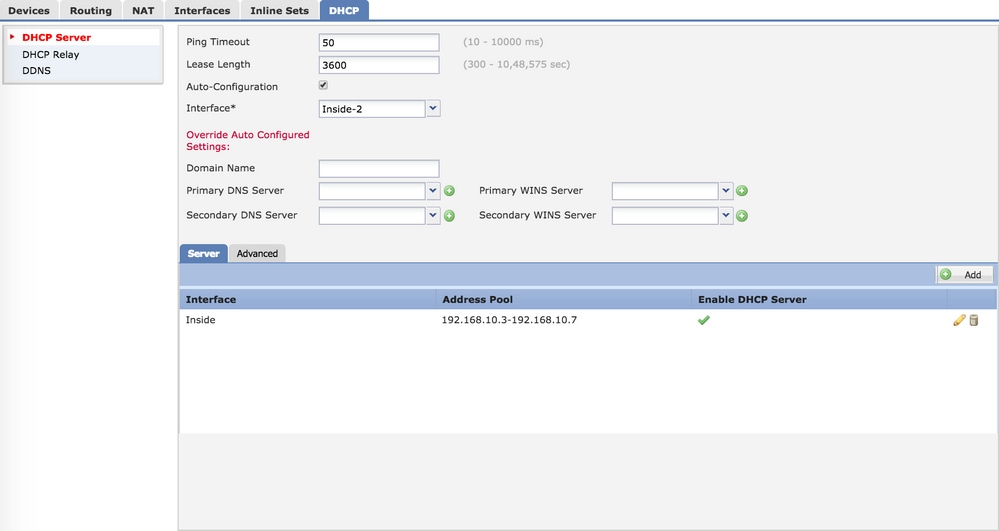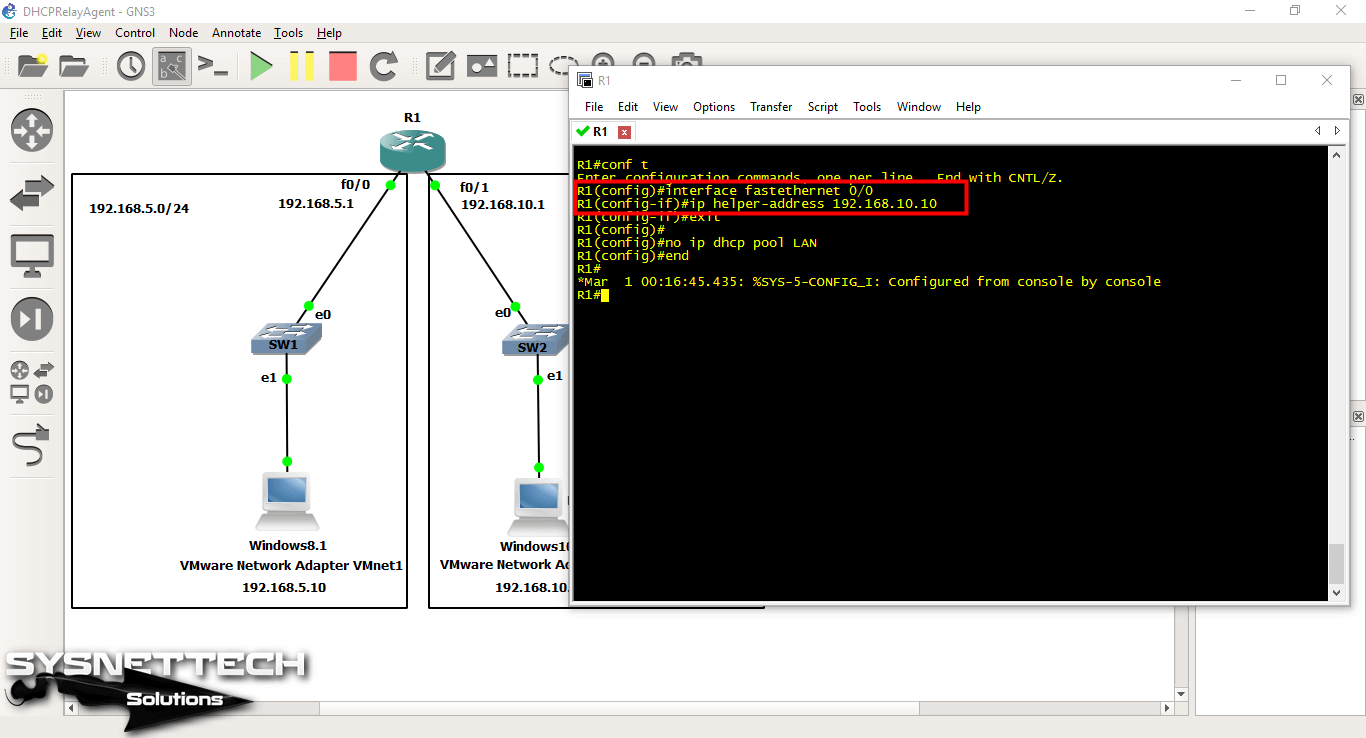Cisco Router Multiple Dhcp Pools

You are here:» » DHCP Static Binding on Cisco IOS. Posted on June 7, 2013.
Cisco Router Multiple Dhcp Pools Prices
by. in,Cisco IOS devices can be configured as DHCP servers and it’s also possible to configure a static binding for certain hosts. This might sound easy but there’s a catch to itin this lesson I’ll show you how to configure this for a Cisco router and Windows 7 and Linux host.
This is the topology I’ll be using:The router called “DHCP” will be the DHCP server, R1 and the two computers will be DHCP clients. Everything is connected to a switch and we’ll use the 192.168.1.0 /24 subnet.


A DHCP server is configured with a pool of available IP addresses and assigns one of them to the DHCP client. A Cisco router can be configured as a DHCP server. Here are the steps: Exclude IP addresses from being assigned by DHCP by using the ip dhcp excluded-address FIRSTIP LASTIP; Create a new DHCP pool with the ip dhcp pool NAME command. The whole DHCP pool needs to be recreated. My Questions: Can you edit an excluded-address list without starting over? If I have to recreate the whole DHCP pool for the internal network, will it affect the VPNs in any way? (I am assuming not because the current router IP will remain the same) If/When I recreate the DHCP pool, do I have to do.
The idea is to create a DHCP pool and use static bindings for the two computers and R1:. R1: 192.168.1.100. Windows 7: 192.168.1.110. Linux: 192.168.1.120First we will create a new DHCP pool for the 192.168.1.0 /24 subnet: DHCP(config)# ip dhcp pool MYPOOLDHCP(dhcp-config)# network 192.168.1.0 255.255.255.0Whenever a DHCP client sends a DHCP discover it will send its client identifier or MAC address. We can see this if we enable a debug on the DHCP server: DHCP# debug ip dhcp server packet Cisco Router DHCP ClientNow we’ll configure R1 to request an IP address: R1(config)# interface fastEthernet 0/0R1(config-if)# no shutdownR1(config-if)# ip address dhcpIn a few seconds you will see the following message on the DHCP server: DHCP#DHCPD: DHCPDISCOVER received from client 0063.6973.636f.2d63.3230.382e.3135.6430.2e30.3030.302d.4661.302f.30 on interface FastEthernet0/0.When a Cisco router sends a DHCP Discover message it will include a client identifier to uniquely identify the device.
We can use this value to configure a static binding, here’s what it looks like: DHCP(config)# ip dhcp pool R1-STATICDHCP(dhcp-config)# host 192.168.1.100 255.255.255.0DHCP(dhcp-config)# client-identifier 0063.6973.636f.2d63.3230.382e.3135.6430.2e30.3030.302d.4661.302f.30We create a new pool called “R1-STATIC” with the IP address we want to use for R1 and its client identifier. We’ll renew the IP address on R1 to see what happens: R1# renew dhcp fastEthernet 0/0Use the renew dhcp command or do a ‘shut’ and ‘no shut’ on the interface of R1 and you’ll see this on the DHCP server: DHCP#DHCPD: Sending DHCPOFFER to client 0063.6973.636f.2d63.3230.332e.3065.3232.2e30.3030.302d.4661.302f.30 (192.168.1.100).As you can see above the DHCP server uses the client identifier for the static binding and assigns IP address 192.168.1.100 to R1. Hello Rene,Is the client-identifier configured on the dhcp server is not the mac address of the dhcp client? Is it a different value?(real world)I tried to configure the “ip address dhcp client-id fa0/0” on the dhcp client but it’s not getting the correct ip im expecting. I already have a dhcp pool for it on the dhcp server.:DHCP SERVER: R1#SHOW RUN sec ip dhcpno ip dhcp use vrf connectedip dhcp pool DONDRUJAnetwork 192.168.1.0 255.255.255.0default-router 192.168.1.1option 150 ip 192.168.1.1dns-server 8.8.8.8lease 2ip dhcp pool PC2.